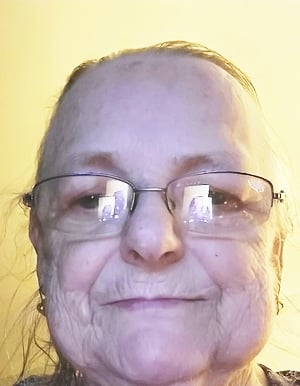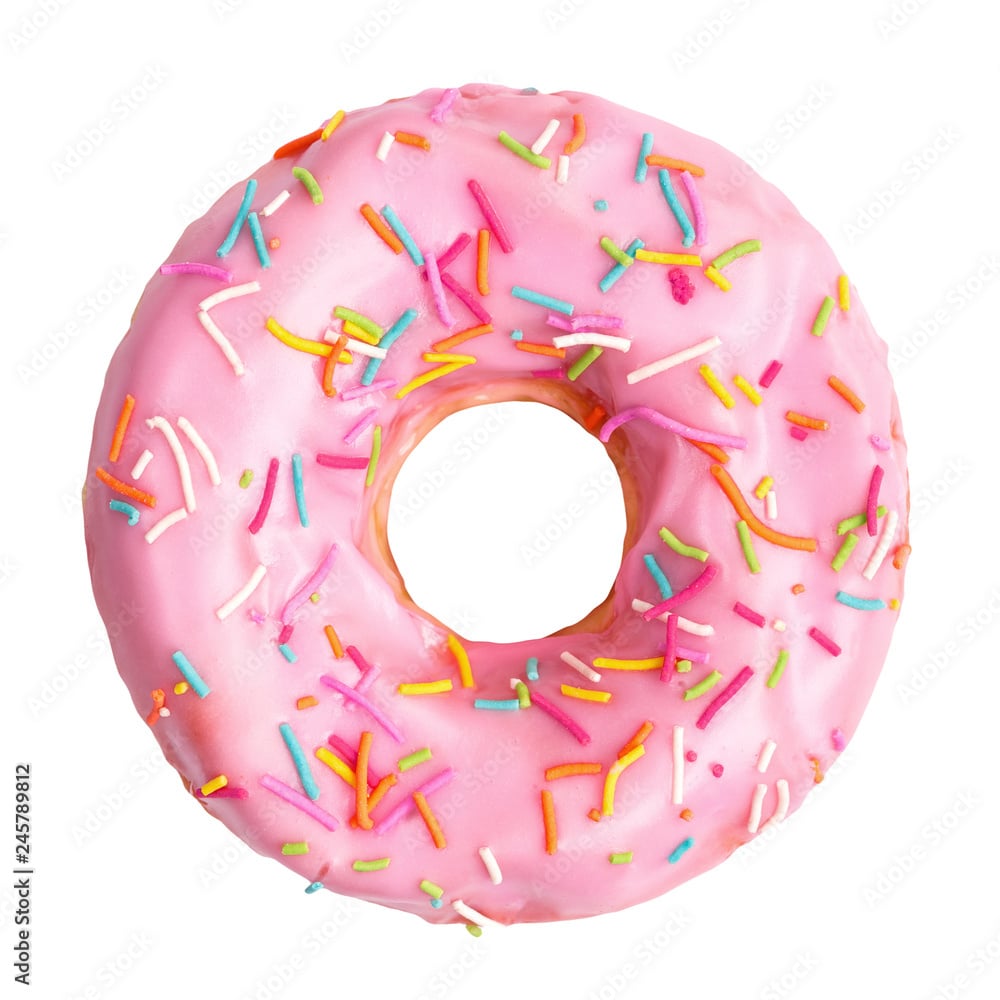A Texas prisoner who is facing execution having been sent to death row on the basis of “shaken baby syndrome”, a child abuse theory that has been widely debunked as junk science, has had his petition to the US supreme court denied.
The country’s highest court issued its denial on Monday morning giving no explanation. Robert Roberson, 56, who was sent to death row in 2003 for shaking his two-year-old daughter Nikki to death, had appealed to the justices to take another look at his case focusing on the largely discredited forensic science on which his conviction was secured.
The court’s decision leaves Roberson’s life in jeopardy. Having come within four days of execution in 2016, he has already exhausted appeals through Texas state courts and must now rely on the mercy of the Republican governor Greg Abbott who rarely grants clemency.
“Robert Roberson is an innocent father who has languished on Texas’s death row for 20 years for a crime that never occurred and a conviction based on outdated and now refuted science,” the prisoner’s lawyer, Gretchen Sween, said.
Sween added: “To lose a child is unimaginable. To be falsely convicted of harming that child is the stuff of nightmares.” Nikki died in hospital on 1 February 2002 after she fell into a comatose state in Roberson’s home in Palestine, Texas. Pediatric doctors detected symptoms including brain swelling which at the time were considered to be certain proof of child abuse and violent shaking.
Largely on the basis of that evidence, Roberson was sentenced to death.
In the intervening years, however, new evidence has been uncovered that suggests that not only is Roberson potentially innocent but that the crime for which he was convicted of never took place. Leading scientists have questioned the reliability of shaken baby syndrome, both as a medical diagnosis and as a forensic tool in criminal prosecutions, pointing to more than 80 alternative causes that can explain the symptoms without violence having occurred.
At least 32 people have been exonerated for crimes based on shaken baby syndrome forensics. Last month, an appeals court in New Jersey ruled that the theory was “junk science” and “scientifically unreliable”.
In Nikki’s case, several of the alternative causes that scientists have identified for the symptoms linked to shaken baby syndrome have been found to apply to the toddler. The girl had been ill with a fever of 104.5F (40.3C) shortly before she collapsed, had undiagnosed pneumonia, and had been given medical pills that are no longer considered safe for children as they can be life-threatening.
At his 2003 trial, Roberson was portrayed by prosecutors as a cold and calculating father who displayed no emotion. After his conviction, though, the inmate was diagnosed with autism which put those qualities in a completely different light. …


I never understood why they emphasized, over and over, “do not shake the baby” until I had a baby that would not. stop. crying.